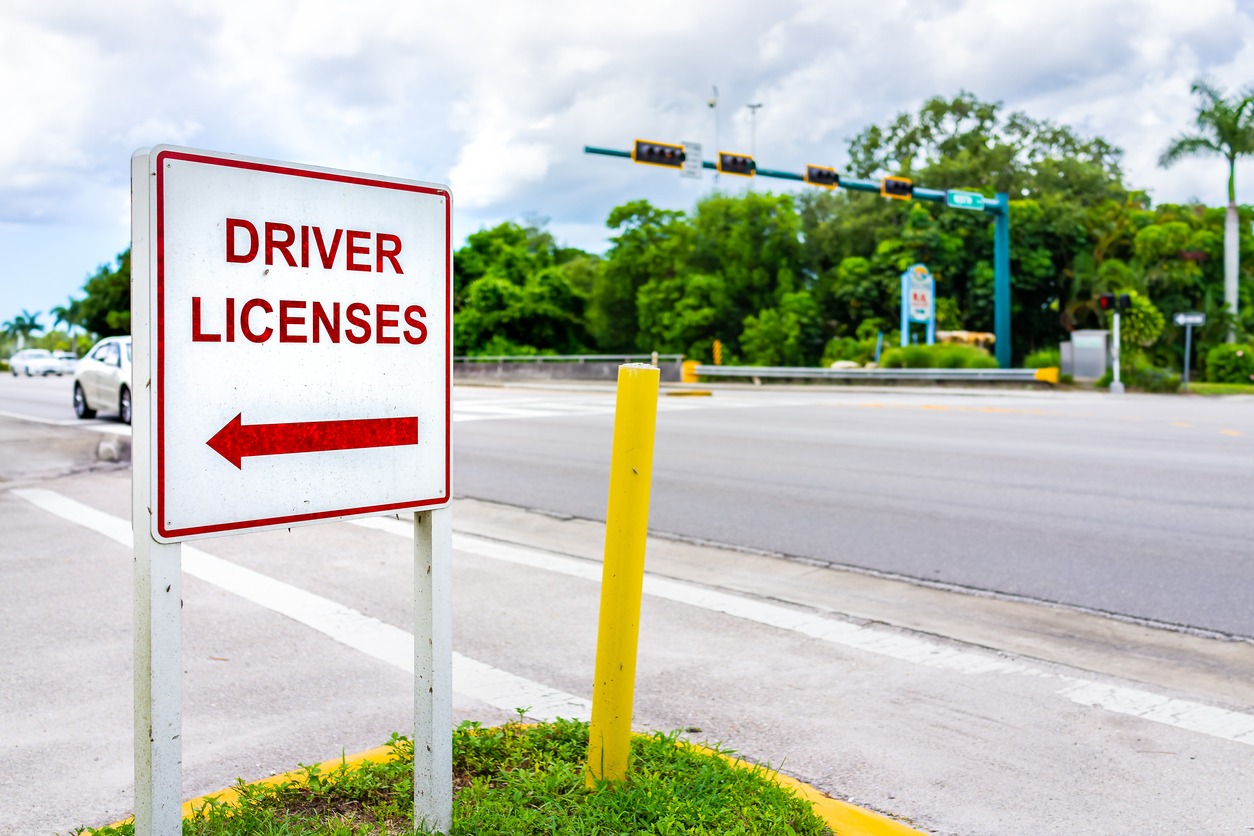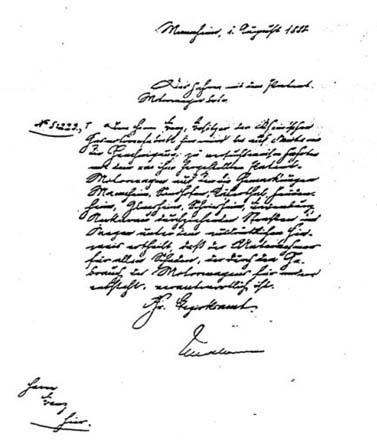Introduction
A driver’s license is not merely a plastic card that fits neatly into a wallet; it is a symbolic gateway to independence, mobility, and personal responsibility. Serving as an official document issued by government authorities, a driver’s license grants individuals the legal privilege to operate a motor vehicle on public roads.
Beyond its practical implications, obtaining a driver’s license marks a significant milestone in one’s life, signifying the acquisition of essential skills and knowledge related to safe and responsible driving. In many societies, the process of obtaining a driver’s license involves a combination of theoretical learning, practical training, and rigorous testing.
Prospective drivers must familiarize themselves with traffic rules, road signs, and driving regulations before embarking on the practical aspect of learning to maneuver a vehicle. The road to obtaining a driver’s license is often characterized by a blend of excitement and anticipation, as individuals prepare to take on the responsibility of navigating the open road.
The significance of a driver’s license extends beyond personal convenience; it plays a crucial role in shaping modern societies by facilitating transportation, commerce, and social interactions. As a testament to an individual’s ability to handle the complexities of operating a vehicle safely, a driver’s license is a tangible representation of competence and adherence to established road safety standards.
History of the development of the driver’s license
The early years…
Karl Benz, the modern car’s inventor, acquired a written “Genehmigung” (permission) from the Grand Ducal authorities in 1888 when people complained about the noise and odor of his Motorwagen. Until the turn of the twentieth century, European authorities provided comparable permits to drive motor vehicles on an as-needed basis, if at all.
Driver license became mandatory in the United Kingdom on January 1, 1904, following royal assent to the Motor Car Act 1903. Each driver was required to register their vehicle with their local government body and provide proof of registration upon request.
The qualifying age was established at 17 years old. The “driving licence” granted its possessor “freedom of the road,” with a maximum speed limit of 20 mph (32 km/h). With the passage of the Road Traffic Act in 1934, mandatory testing was implemented.
On September 29, 1903, Prussia, a kingdom within the German Empire, instituted compulsory licensing. A mechanical aptitude test had to be passed, and the Dampfkesselüberwachungsverein (steam boiler supervision association) was in charge of administering it.
The German imperial government imposed national driver licensing in 1910, establishing a system of tests and driver education requirements that was later followed by other countries. Other European countries adopted driving exams during the twentieth century, the most recent of which being Belgium, where it was possible to acquire and keep a permit without having to take a driving test until 1977.
On August 1, 1910, the US state of New York implemented North America’s first motor vehicle licensing statute, but it initially applied solely to professional chauffeurs. In July 1913, New Jersey became the first state to compel all drivers to pass a mandatory examination before receiving a license.
The concept of an “International Driving Permit” was initially proposed during a 1926 international convention in Paris. The United Nations convened the Geneva Convention on Road Traffic in 1949, which standardized laws on roadways, occupants, rules, signage, driver’s permits, and other issues.
It stipulated that national “driving permits” should be pink, and that a “International Driving Permit” for driving in several countries should have grey covers with white pages, with the full last page written in French.
The recent years…
Photographs and Standardization-As the number of drivers increased, so did the need for a more secure and standardized system. The introduction of photographs in the mid-20th century added an extra layer of security, helping to prevent fraud and ensuring that the license holder was the same person as depicted in the photo.
Digitalization and Barcodes-In the late 20th century, advancements in technology led to the digitalization of driver’s licenses. Barcodes were introduced, making it easier for law enforcement and other authorities to quickly verify the authenticity of a license. Digital databases allowed for more efficient record-keeping and easier updates to personal information.
Security Features-To combat identity theft and forgery, modern driver’s licenses are equipped with various security features. Holograms, microprinting, and UV elements are just a few examples of the measures taken to make licenses more difficult to counterfeit. These features not only enhance security but also contribute to the overall durability of the document.
Smart Cards and RFID Technology-In recent years, some regions have embraced smart card technology and RFID (Radio-Frequency Identification) chips embedded in driver’s licenses. These advancements enable contactless verification and can store additional information, such as medical details or emergency contacts. Smart cards enhance the versatility and functionality of driver’s licenses.
Mobile Driver’s Licenses-The latest frontier in the development of driver’s licenses is the shift toward mobile driver’s licenses (mDL). Several jurisdictions are piloting or implementing digital versions of driver’s licenses that can be stored on smartphones. These digital licenses often come with enhanced security features, biometric authentication, and the convenience of immediate updates.
The importance of the driver’s license
Having a driver’s license holds significant importance in today’s society, as it serves as a key to personal freedom and mobility. Obtaining a driver’s license not only allows individuals to operate a vehicle legally but also opens up a world of opportunities and convenience.
The ability to drive facilitates easier access to education, employment, and various services. It enables individuals to commute efficiently, expanding their geographic reach and reducing dependency on public transportation.
Moreover, a driver’s license is often a prerequisite for many jobs, providing individuals with greater employment prospects. Beyond the practical benefits, driving instills a sense of responsibility and accountability, as individuals must adhere to traffic rules and regulations to ensure their safety and that of others on the road. In essence, a driver’s license is not merely a legal document but a gateway to independence, personal growth, and an enhanced quality of life.
Conclusion
The evolution of the driver’s license over the years reflects a dynamic intersection of technological advancements, regulatory changes, and societal needs. From its humble beginnings as a simple document attesting to a driver’s basic competence, the driver’s license has transformed into a multifaceted tool that not only certifies one’s ability to operate a vehicle but also serves as a crucial means of identification.
Innovations such as the addition of photos, security features, and computerized databases have considerably improved the dependability and security of driver’s licenses over time. These developments have been driven by a persistent quest of safer roadways, fraud prevention, and efficient transportation system administration.



